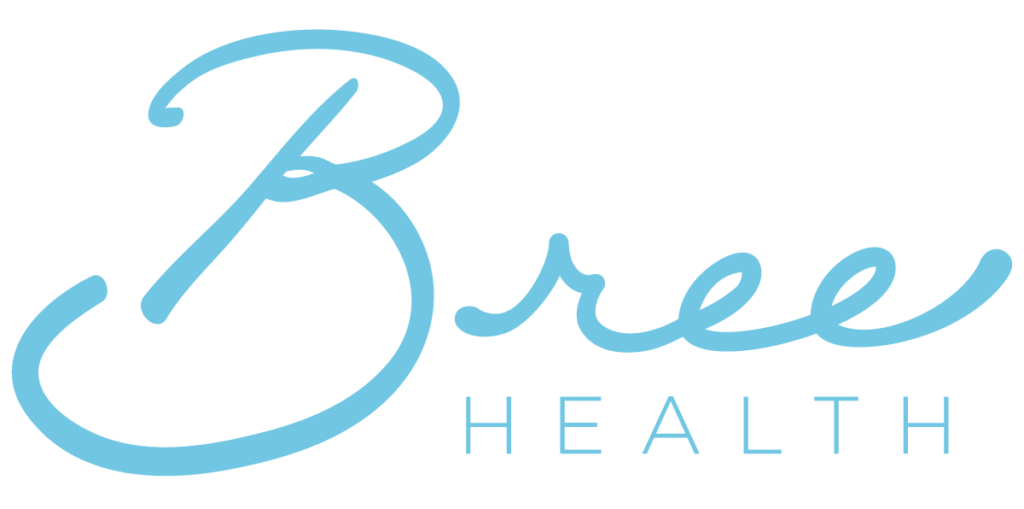In today’s fast-paced and competitive work environment, stress has become a common challenge for employees. As HR professionals, you play a pivotal role in creating a positive work culture that fosters employee well-being and productivity. By implementing effective stress management techniques, you can lead the way in promoting a stress-free workplace. In this comprehensive guide, we will delve deeper into various stress management strategies that HR professionals can introduce to alleviate stress among employees and create a healthier and more engaging work environment.
1. Meditation: Cultivating Mindfulness for Inner Calm
Meditation is a powerful tool for reducing stress and promoting a sense of inner calm. Encourage employees to practice mindfulness meditation, which involves being fully present in the moment without judgment. Consider offering meditation workshops or providing access to mindfulness apps. Even a few minutes of daily meditation can help employees manage stress more effectively, leading to improved focus, emotional resilience, and overall well-being.
2. Physical Activity: Energizing the Workforce
Physical activity is not only beneficial for personal health but also plays a significant role in stress reduction. Consider implementing wellness programs that promote physical activity in the workplace. Offer fitness challenges, organize walking meetings, or provide access to on-site exercise facilities. Encouraging regular physical activity among employees releases endorphins, which are natural stress-fighting chemicals, leading to a more energized and focused workforce.
3. Certified Coaching: Personalized Support for Employee Growth
Introduce certified coaching services through Bree Health to provide employees with personalized support in stress management. Through the Bree Health app, employees can connect immediately to a mental health or life services professional with effortless scheduling. When an employee connects to a mental health or life services professional, they can do so by clicking “Coaching” from the bottom menu of the app. From there, they can choose to use the live chat feature, text, call, or schedule an appointment with a provider that meets their individual needs. The modern workforce is also equipped with self-directed solutions and A.I. powered mental health resources for additional education.
4. Time Management: Empowering Employees to Prioritize
Help employees develop effective time management skills to avoid feeling overwhelmed by their workload. Conduct workshops or provide resources on time-blocking, setting realistic deadlines, and avoiding multitasking. Encourage the use of productivity tools and techniques to optimize workflow. By empowering employees to manage their time efficiently, they can focus on high-priority tasks, reducing stress and improving overall productivity.
5. Setting Boundaries: Balancing Work and Personal Life
Promote a culture of work-life balance within the organization. Encourage employees to set clear boundaries between work and personal life, such as avoiding work-related emails or calls during non-working hours. As HR professionals, lead by example by respecting employees’ time off and encouraging them to take their allocated vacation days. Setting boundaries allows employees to recharge and maintain their well-being, ultimately leading to reduced stress levels and increased job satisfaction.
6. Taking Breaks: Recharging for Optimal Performance
Encourage employees to take regular breaks during the workday. Short breaks, even if just a few minutes, can significantly reduce stress and mental fatigue. Provide designated break areas or quiet spaces where employees can relax and recharge. Acknowledge the importance of breaks as an essential aspect of employee well-being, contributing to a healthier and more productive work environment.
7. Prioritizing: Efficiently Managing Workloads
Support employees in prioritizing tasks and managing their workload effectively. Offer guidance on setting realistic goals, breaking down complex projects into manageable steps, and using tools like the Eisenhower Matrix to prioritize tasks. Assist employees in identifying tasks that require immediate attention and those that can be delegated or postponed. Effective prioritization enables employees to handle their responsibilities with confidence, leading to reduced stress levels and a sense of accomplishment.
8. Social Support: Building a Strong Supportive Network
Foster a supportive work culture that encourages employees to connect with colleagues and seek social support when needed. Organize team-building activities, social events, or support groups that provide opportunities for employees to share experiences and support one another. A strong social network within the workplace fosters a sense of belonging, reduces feelings of isolation, and enhances resilience in the face of stress.
A Stress-Free Workplace for Thriving Employees
As HR professionals, you have the unique opportunity to shape the work environment and influence employee well-being positively. By implementing effective stress management techniques such as meditation, physical activity, certified coaching through Bree Health, time management, setting boundaries, encouraging breaks, prioritizing tasks, and promoting social support, you can create a stress-free workplace that nurtures employee growth and happiness.
A stress-free workplace not only benefits employees on a personal level but also positively impacts organizational success. Employees who feel supported and equipped with stress management tools are more engaged, productive, and committed to the organization’s goals. As HR professionals, you are at the forefront of creating a thriving work environment, one that recognizes the importance of employee well-being and strives to provide a conducive and fulfilling workplace for all. By proactively addressing stress, you pave the way for a healthier, more resilient, and ultimately successful organization.

